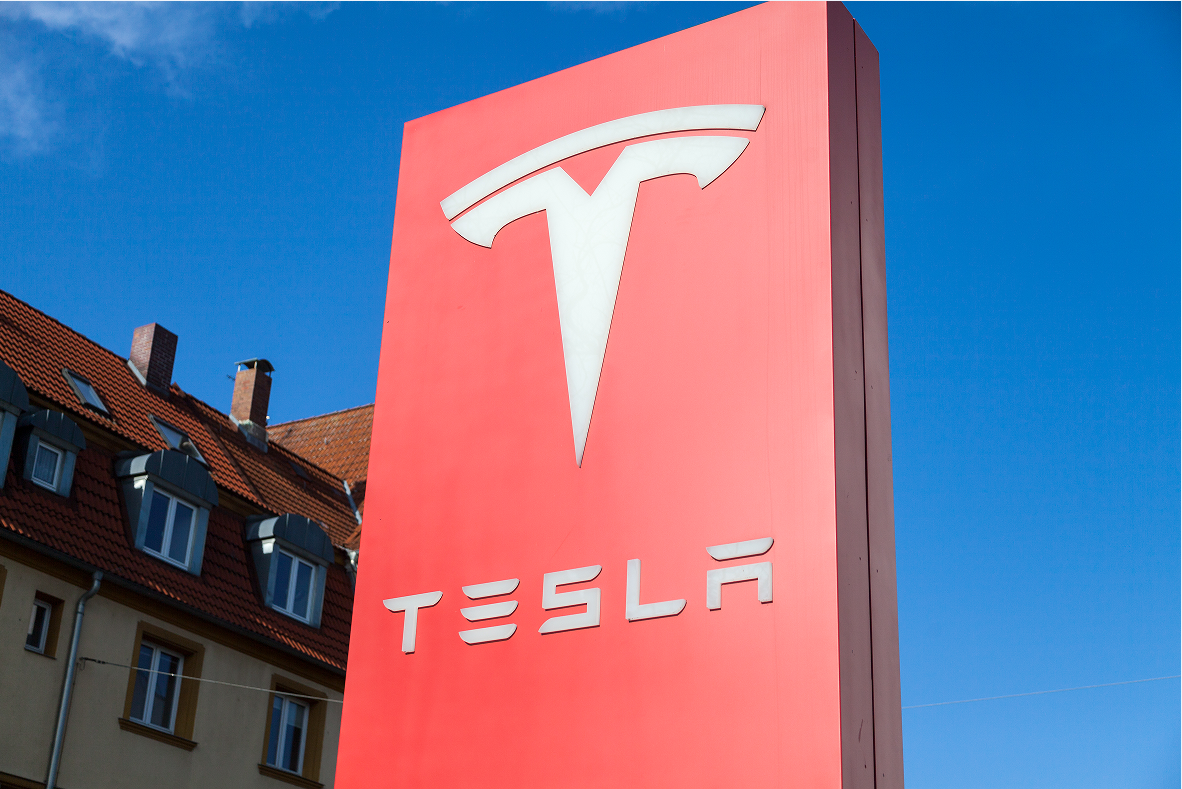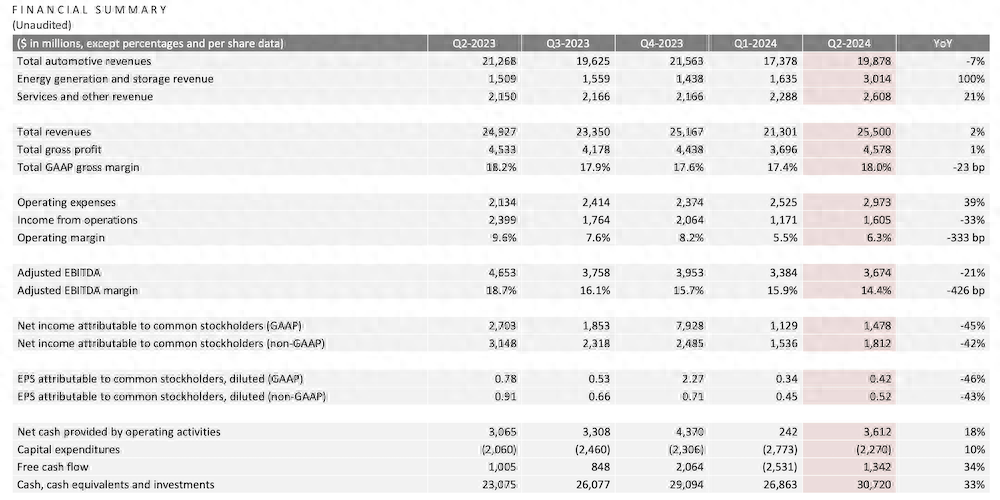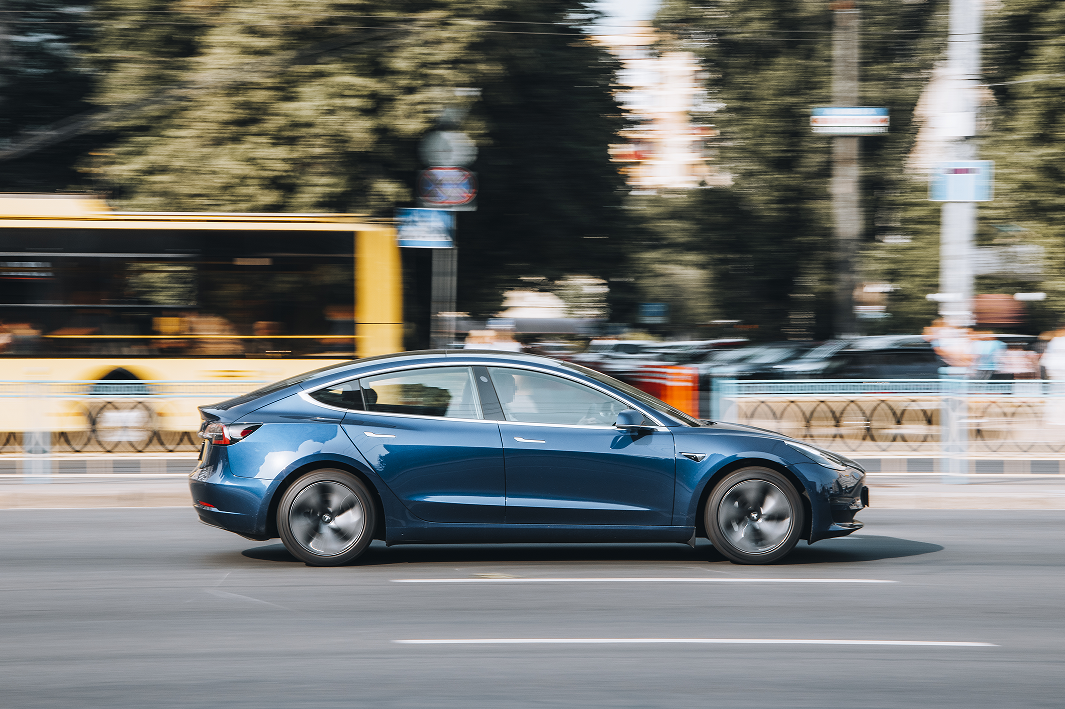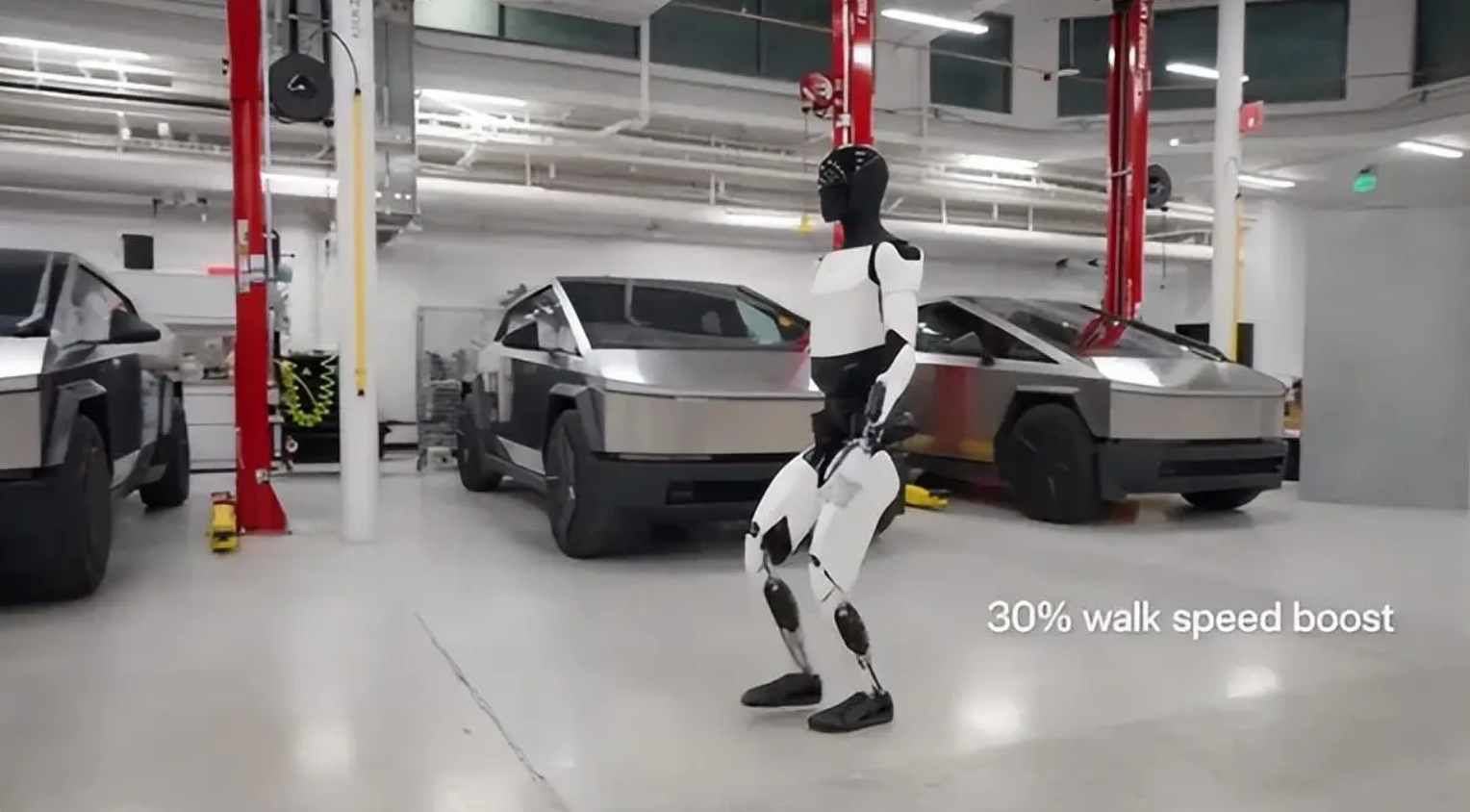
The Q2 financial report was released by Tesla CEO Elon Musk on July 23rd, revealing the company's worst quarterly performance in almost six years. Despite this, Tesla exceeded market expectations by selling 443,900 vehicles during the second quarter, resulting in a year-on-year revenue growth of 2% to $25.5 billion.
On the contrary, Tesla's gross profit margin has hit a new low - car sales' gross profit margin dropped by 1.8 percentage points to 14.6%, marking an 18-quarter low; net profit plunged by 45% YoY to $1.478 billion, significantly below market expectations.

The financial report also revealed Musk's latest progress in Robotaxi, FSD, and humanoid robot business. However, there is no positive news regarding the automotive business that is of utmost concern in the market. Overall, Tesla continues to face challenges as it navigates through new technologies, old technologies, and product generations.
Vehicle business is “temporary shortage”
According to financial reports, Tesla's Q2 revenue reached $25.5 billion, a 2% increase compared to the same period last year ($24.927 billion). However, net profit for Q2 was $1.494 billion, showing a significant decline of 42.8% from last year's $2.614 billion. Automotive-related revenue in Q2 amounted to $19.878 billion, reflecting a 7% decrease YoY but a 14.4% increase from Q1 ($17.378 billion). In terms of sales volume, Tesla sold 443,956 vehicles in Q2, marking a 5% decrease YoY but a 6% increase QoQ.

Tesla's car business is in crisis due to poor sales. According to MarkLines data, sales dropped by 13% in the US and 17% in China from April to June compared to last year, while European market sales plummeted by 33%. Data from Edmunds reveals that Tesla's market share in the US electric vehicle market fell below 50% in the second quarter of this year, after dominating it a few years ago.
During the second quarter, Tesla offered discounts and other incentives, including subsidized financing deals, in China and the U.S. to spur demand. In the second quarter, Tesla only delivered 443,900 units. Those deals hit the company's profitability, with its adjusted earnings margin falling to 14.4% from 18.1% in the second quarter of 2023.
The reason for this is that Tesla faced insufficient product supply when global demand for electric vehicles was slowing down and industry competition was intensifying. In the second quarter, Model 3/Y accounted for 422,400 units out of Tesla's total delivery volume, leaving only 21,600 units combined sales volume for all other models including the new Cybertruck.
Musk mentioned the affordable car in this business, but he expects to launch the budget model in the first half of 2025. However, Tesla still relies on the new Model 3 scheduled for release in 2023 and the Model Y released in 2019 to compete in the market. Nevertheless, these 'older cars' are also approaching their end of life with significantly decreased competitiveness.
In the Chinese market, models like Xiaomi SU7, Zeekr 001/007, Luxeed S7, and Li Auto L6 directly compete with Tesla's Model 3/Y. Domestic car manufacturers continuously introduce new products targeting Tesla's core models in the same price range. Upcoming releases such as ONVO L60, Luxeed R7, and AVATR 07 are all aimed at capturing the Model Y market. As a result, Tesla's sales in the domestic market have been declining.
Musk also mentioned during the earnings call that the market has seen numerous competitors launching electric vehicles, leading to significant price reductions for electric cars and posing challenges for Tesla.
FSD/Robotaxi/Optimus is painted cake
Musk announced progress on projects such as the Optimus humanoid robot, Robotaxi, DOJO supercomputer, next-gen products and energy storage projects, as well as the FSD V12 outlook during the Q2 report communication meeting. He also emphasized Tesla's ambitious prospects in autonomous driving.
Foreign media suggest that Musk's skill of painting a cake every time Tesla performs poorly seems unrealistic. However, the market remains unaffected by Musk's portrayal, especially considering the delays in Robotaxi.
During the Q&A part, Musk was asked about the expected timeline for releasing the 'first self-driving taxi'. He acknowledged his previous predictions were too optimistic and stated, "I would be surprised if we can't achieve it next year.

Musk anticipates no regulatory obstacles for Tesla's autonomous driving technology in the US and other regions, aiming to launch FSD in China, Europe, and other countries after version 12.6 is released. The company plans to seek approval from relevant regulatory departments for these versions, with an expected endorsement by year-end.
Musk also said, "We should be seen as an AI and robotics company. If you only see Tesla as a car manufacturer, your understanding of Tesla is limited." It can be observed that Tesla aims to expand beyond being solely a car company and continues to prioritize advancements in autonomous driving FSD and artificial intelligence.
Tesla expects the growth rate of its electric vehicle business revenue to be lower in 2024 compared to 2023, but anticipates outperforming its energy storage-related business. Additionally, profits from hardware products are expected to grow alongside AI, software, and autonomous driving fleet applications.
Revised sentence: Besides autonomous driving and Robotaxi, Musk discussed the Optimus robot and Dojo supercomputer during the financial report meeting.
Elon Musk believes Tesla's factory will have "thousands" of Optimus humanoid robots by next year, capable of performing various tasks. He mentioned that Optimus has already begun missions in their factory and they expect to commence limited production of the Optimus 1 version for Tesla's use early next year.

About Dojo, Elon Musk announced that Tesla is close to completing its largest AI training cluster yet and emphasized plans for further investment in the Dojo supercomputer because the prices of NVIDIA's GPU are way expensive.
In the short term, besides the new model, the main factor driving Tesla's comeback is autonomous driving. However, despite China being the world's largest market, it presents challenges for Tesla to achieve overall leadership in its electric vehicle industry, whether in terms of FSD or the current product lineup.
However, it is undeniable that Tesla is currently in a trough of the two-wave growth cycle, as Musk stated. The company is implementing an efficient and profitable business model. With the combined impact of electric vehicles, AI, FSD (Full Self-Driving), humanoid robots, energy storage, and Robotaxis, Tesla may undergo a transformative change. Although achieving this from a market perspective might be challenging in the short term, optimistic investors and Wall Street analysts believe that autonomous driving technology will drive substantial future profits for this car manufacturer. This also contributes to Tesla's high valuation.
Translator:Wei Xiong

 Room 1104,Block B,JingBan Building,6 Middle Beisanhuan Road,Xicheng District,Beijing
Room 1104,Block B,JingBan Building,6 Middle Beisanhuan Road,Xicheng District,Beijing
 (8610)62383600
(8610)62383600
 quanqixiang@carresearch.cn
quanqixiang@carresearch.cn
 京公网安备:11010202007638号|京ICP备17032593号-2|Report illegal and bad information:010-65993545-8019 jubao@carresearch.com
京公网安备:11010202007638号|京ICP备17032593号-2|Report illegal and bad information:010-65993545-8019 jubao@carresearch.com
Legal support:Beijing Yingke Law Firm|All rights reserved, DO NOT reproduce without permission